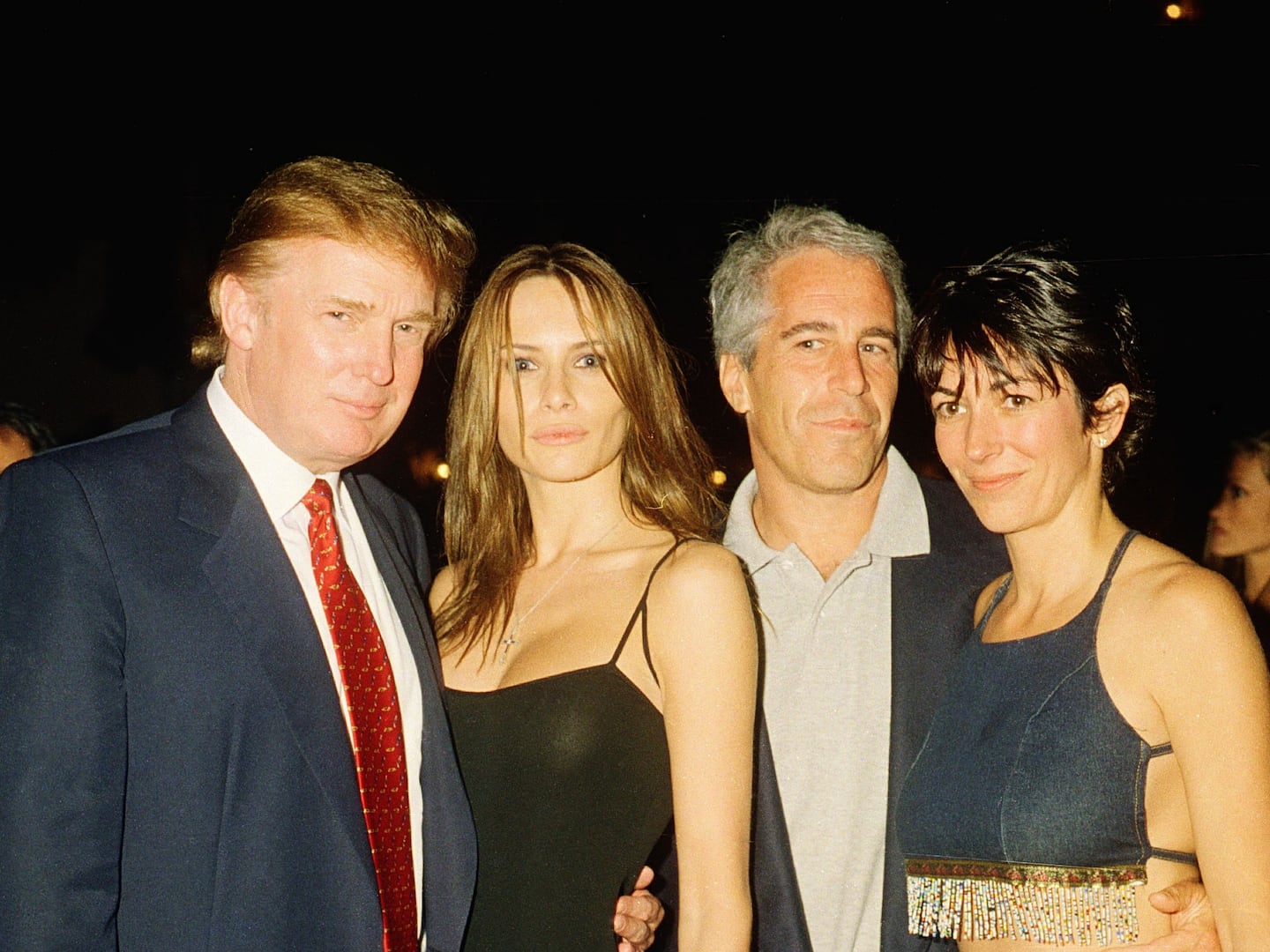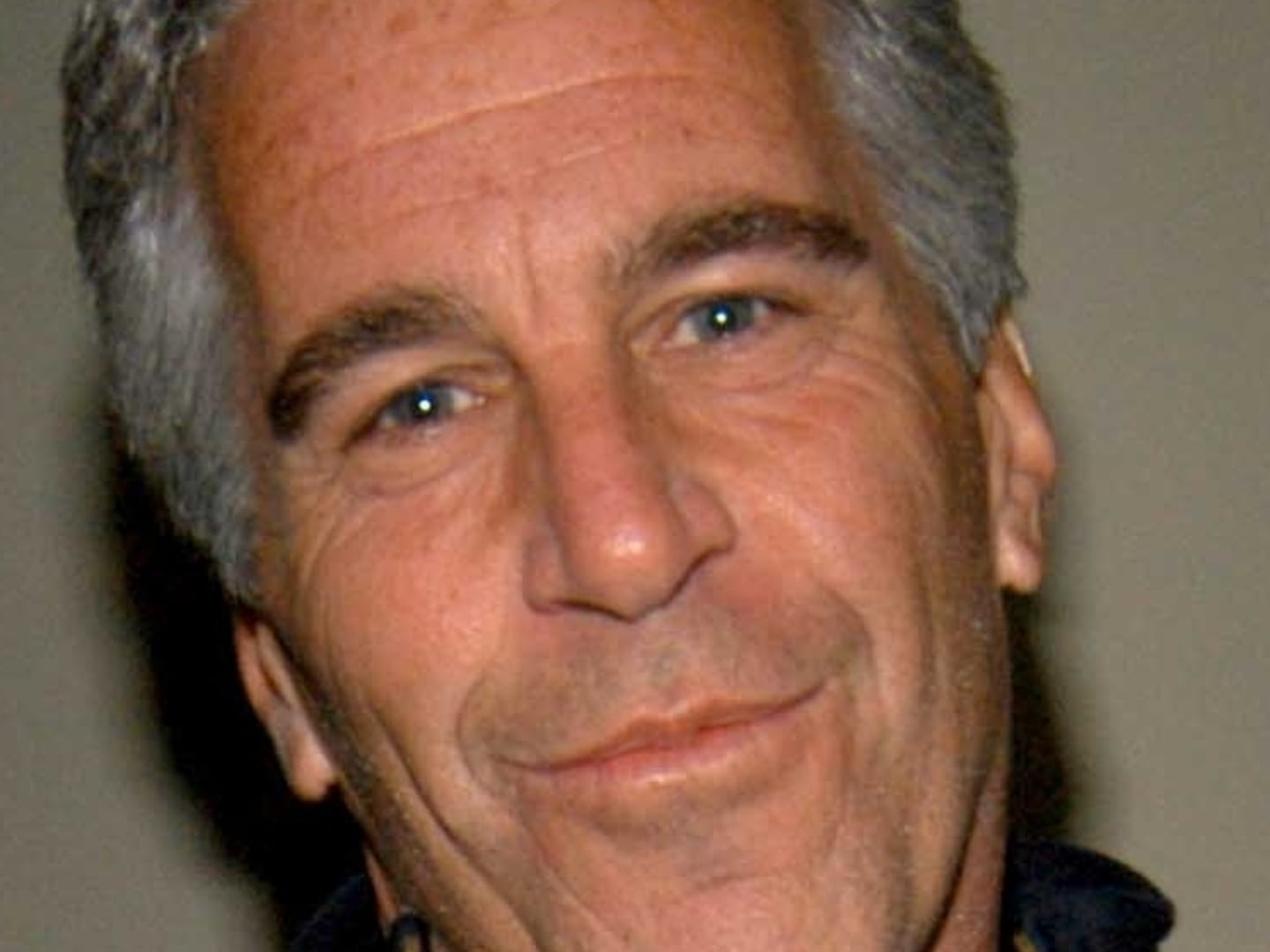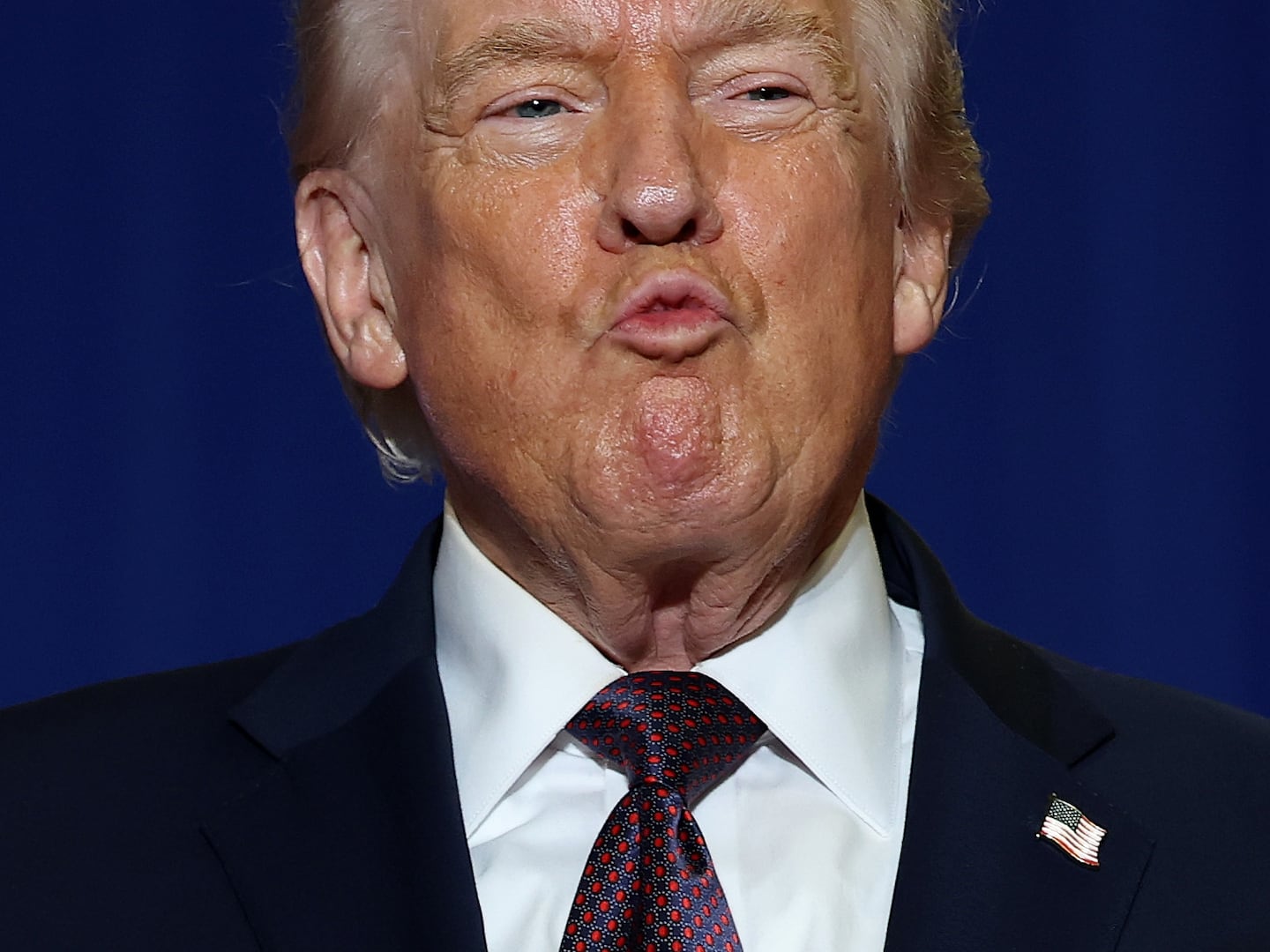It’s a tale of government gone mad.
A huge force of federal agents descends upon a peaceful commune of religious seekers in Texas, immediately opens fire on some 120 men, women and children inside, and uses military helicopters to strafe the compound with deadly fire, murdering a woman in her bed with shots through the roof.
Five people are killed by agents at the compound. A sixth, who was away when the raid began, is ambushed by agents as he tries to make his way back into the compound, shot without warning from the side. Moments later, agents can be heard finishing off the unarmed man with a final coup de grace.
And 51 days after that, concluding one of the longest sieges in U.S. law enforcement history, enraged FBI agents send tanks crashing into the compound, injecting CS tear gas as terrified residents cower inside. Walls come crashing down on the inhabitants, who are desperately trying to escape the wreckage. And then the entire building bursts into flames, presumably because the CS gas ignited. Seventy-six people, including 20 children, die in the holocaust that follows.
The story is compelling. It is also a fairy tale.
Twenty-five years after the conclusion of the real-life Branch Davidian standoff near Waco, Texas — the compound burned on April 19, 1993 — propagandists and activists on the radical right are once again turning the Waco saga into alleged proof that the federal government has run amok. Waco, they say, shows what the government will do to those Americans who have heterodox religious or political views, especially if they are also gun enthusiasts.
For a quarter of a century, the Waco debacle has been cited as proof that the government is the enemy of the American people. A whole industry of films, books, websites and underground publications is devoted to elaborating conspiracy theories purporting to show the government engaged in mass murder. Waco was the single most important spark igniting the radical militia movement of the 1990s. It was cited by Timothy McVeigh as the reason he murdered 168 people in an Oklahoma City bombing of a federal office building on the second anniversary of the Waco fire.
But the mythologizing of the facts of Waco — where the government unquestionably made grave errors, but did not deliberately carry out a mass murder of innocents — is not limited to the radical right. It’s in the mainstream, too.
The latest example of this — and arguably one of the most damaging — came earlier this year in the six-part “Waco” miniseries by the Paramount Network, a major TV production starring Taylor Kitsch as Davidian leader David Koresh and created by brothers Drew and John Erick Dowdle. The first four episodes were watched by an average of 2.4 million people. NPR called it “a compelling, tragic tale,” although other reviewers were not so naïve.
The series gets almost everything wrong. I know this because I covered the Davidian saga as a news reporter, including the trial of 11 surviving Davidians, and because I have read — unlike, apparently, the Dowdles — the detailed Treasury Department and Justice Department reviews, not to mention the exhaustive 2000 report by Special Counsel John C. Danforth, a former Republican senator from Missouri.
The Davidians were hardly the peaceful victims the Dowdles paint them as. The search warrant for the initial raid was based on solid evidence the Davidians were manufacturing, using and selling illegal weapons and silencers, and indeed 48 fully automatic machine guns were found in the ashes after the fire. Koresh preached constantly that Armageddon was approaching, and that his followers would have to meet the forces of “Babylon” — the government — with force.
And, in fact, when Koresh learned 45 minutes in advance of the imminent Feb. 28, 1993, raid on the compound, he used the time to order the men in the group to retrieve heavy weapons and go to the second story of the main building. From there, through windows arranged like firing ports, the Davidians, wearing ammunition vests sewn by the Davidian women months earlier, rained down a deadly fire on arriving agents of the Bureau of Alcohol, Tobacco and Firearms, killing four and wounding some two dozen others. (After the botched ATF raid, the FBI took over for the remainder of the siege, never firing a shot.)
It’s still a matter of dispute who fired first, although the miniseries strongly suggests that it was the authorities. And ATF agents may have first shot a dog approaching them, setting off the firefight. But three reporters who were there that day have each testified that they believed the Davidians fired first.
Contrary to the claims of “Waco,” there was no gunfire from the three helicopters — though Davidians did shoot at them, forcing them to the ground.
Similarly, Michael Schroeder, who was off the compound when the raid occurred, did try to sneak back in later that afternoon with two other Davidians. But he was not an unarmed man murdered by the ATF. The truth is that Schroeder ambushed the agents when he spotted them, and was shot dead in response.
Unlike some propaganda, “Waco” does not definitively say that the government started the April 19 fire, but it strongly implies that. At one point, it shows a Davidian putting out a small fire that was apparently caused by the CS gas or the tanks used to inject it. And it alludes to the notion that CS gas is flammable and that it would be a “war crime” to use it against civilians or others.
None of that is true, even though a 1999 poll showed 61% of Americans believed the government started the fire. The fire was unquestionably lit by the Davidians themselves. Independent arson investigators, video shot from above, and witnesses all noted that the fire started in three separate locations inside the compound virtually simultaneously. Moreover, listening devices smuggled into the compound by the FBI recorded Davidians discussing setting fires and keeping them going. Davidians themselves have testified that that is what happened.
The Davidians also fired hundreds of shots at the FBI as the CS gas was inserted. Several reviews showed the agents did not fire a single shot that day. Instead, they pleaded over loudspeakers for the Davidians to come out.
But except for nine people, they did not. The others either joined in a mass suicide, were the victims of mercy killings, or were somehow trapped inside the building. In fact, 20 of those who died in the fire were slain by other Davidians. Most were shot at pointblank range, including Koresh and five children, but autopsies showed the Davidians also stabbed one 3-year-old to death.
As the Danforth Report concluded: “Government agents did not start or spread the tragic fire of April 19, 1993, did not direct gunfire at the Branch Davidians [that day], and did not unlawfully employ the armed forces of the United States. In fact, what is remarkable is the overwhelming evidence exonerating the government from the charges made against it.”
It’s not much of a surprise that the miniseries gets so much wrong, given that it is largely based on A Place Called Waco, a book by Davidian survivor David Thibodeau. Thibodeau, who suggests among other things that the Davidians did not set the fire, is either a liar or a fool, and his book is self-serving tripe.
At times, “Waco” devolves into absurdity. It is cartoonish in its depictions of evil ATF and FBI officials and the earnestly seeking, goodhearted Davidians. At one point, Koresh, who in real life was a monster ultimately more responsible for the bloodshed than anyone, is shown with what is apparently a halo of heavenly light around his head as he supposedly communes directly with God.
“Waco” is only the latest film of its ilk.
It began in the 1990s with “Waco: The Big Lie,” a film by militia enthusiast Linda Thompson that claimed tanks with flamethrowers started the April 19 fire. Others include “Waco: The Rules of Engagement” (which, shockingly, won an Emmy for outstanding investigative journalism) and “Waco: A New Revelation.” Both were largely based on the claims of the late Michael McNulty, a gun rights activist and one-time researcher for McVeigh’s defense team, who asserted that the government shot down Davidians escaping the fire.
Dan Gifford, executive producer of “Waco: The Rules of Engagement,” said at the time that his film shows that “mass murder by one’s own government in this country is very possible.” Such bogus claims, like those of the people who wrote and produced the recent “Waco” miniseries, have consequences.
There’s no question that officials made mistakes in Waco, some of them terrible. The ATF was warned that the Davidians knew they were coming, but went ahead with their raid regardless. There were opportunities to arrest Koresh away from the compound that were not taken. Raid commanders tried to cover up their failures, and FBI officials failed to report that they had fired pyrotechnic rounds of gas on April 19 that might have (but didn’t, as was shown later) started a fire.
But the government did not set out to carry out a mass murder. A huge team of FBI negotiators worked day and night to convince the Davidians to leave their compound peacefully. At the end of the day, the Davidian standoff is not so much a horrifying example of a heedless government gone mad as it is a classic case of a complex situation used to evil effect by opportunistic fabulists — people who twist the facts to serve a right-wing, antigovernment narrative about democracy in America.
Mark Potok, a Senior Fellow at the Centre for Analysis of the Radical Right, covered the entire 51-day Waco standoff for USA Today, as well as the trial of 11 surviving Davidians. He also covered the trial of Timothy McVeigh, who was ultimately executed for the 1995 Oklahoma City bombing. He later worked for 20 years as an official of the Southern Poverty Law Center, helping lead efforts to monitor the radical right in America.






